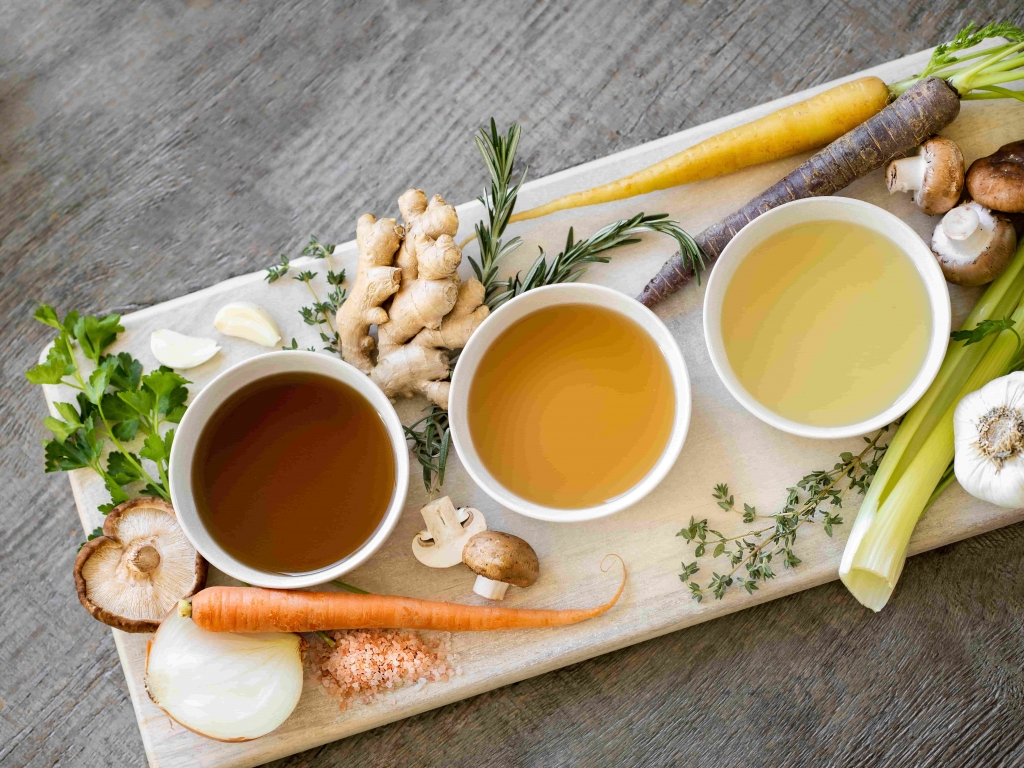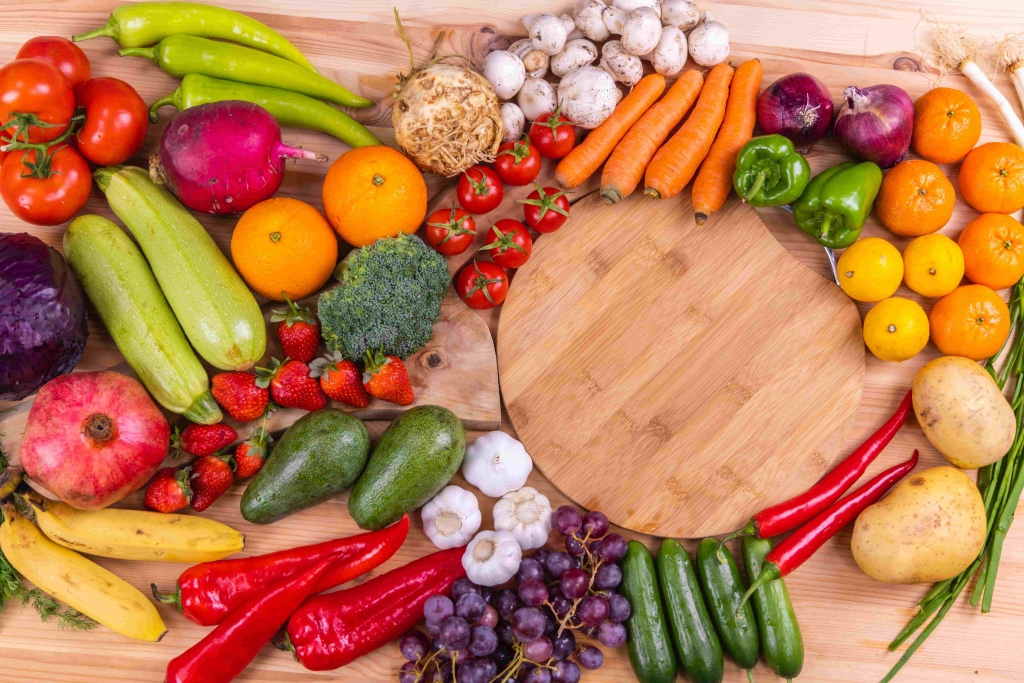Due to an unusual increase in COVID-19 cases in the Philippines, Filipinos have begun to claim that their local pharmacies are running out of medications to treat flu symptoms. Yet, there are certain ways to keep yourselves at ease with simple home remedies against COVID-19 symptoms.

The COVID-19 outbreak coincides with the traditional flu season, when Filipinos suffer from symptoms such as a cold, cough, body aches, and fever.
While it’s best to obtain medications based on a doctor’s recommendation and prescription, what should you do if they aren’t available at your local pharmacy?
Fortunately, several foods and drinks that you probably already have in your kitchen can be used as COVID-19 home treatments.
The Department of Health (DOH) has also issued recommendations for COVID-19 patients who want to improve their health and immunity by eating certain foods and trying certain home remedies.
While the foods and drinks listed below may help relieve COVID-19 or flu-like symptoms, it’s crucial to remember that they’re not remedies for the virus.
There is presently no evidence to support the use of herbal teas, herbal supplements, or probiotics to help prevent or cure COVID-19, according to the World Health Organization. The WHO also stated that while ginger and garlic have antibacterial and anti-inflammatory qualities, there is no evidence that they can prevent COVID-19. These can, however, be beneficial to the human body in other ways.
Vaccination, along with other preventive measures including as wearing face masks, washing hands, and keeping a safe distance from others, is still recommended by health authorities around the world to protect against COVID-19.
The Philippines reported 28,007 new COVID-19 cases on Tuesday, January 11. The overall number of illnesses since the epidemic began in March 2020 has now surpassed 3 million. The extremely infectious Omicron strain, which is generating worldwide outbreaks, is thought to be driving the increase.
Chills or a fever
According to Harvard Health Publishing, fever is part of the body’s defense against illness. Drink plenty of water, fresh fruit juice, or light tea, according to the Department of Health.
Fever can also be managed by taking a somewhat warm shower or bath on a frequent basis, dressing comfortably, and using appropriate blankets in a well-ventilated environment. To treat a fever, Harvard Health recommends putting moist washcloths to the forehead and wrists.
Suggested Read: Why Omicron is not a Milder COVID Variant
Body Pain

In certain investigations, ginger was found to have a pain-relieving effect. However, according to a 2020 study, further research is needed to reach a consensus on the amount of ginger for long-term therapy.
Ginger, in combination to non-steroidal anti-inflammatory medicines, was proven to help alleviate migraines in a 2018 study. For emergency room patients, the Brazilian researchers discovered that ginger therapy “enhanced pain relief.”
Colds
In 2018, Melissa Bailey, a clinical dietician at the University of Pennsylvania Hospital, said there was scientific evidence to support the drinking of soup while one is sick.
Some soup recipes, according to Bailey, contain sodium, which helps ease sore throat pain (the same principle behind gargling warm salt water). Soups’ heat can also ease pain and sinus strain by clearing nasal congestion.
Lugaw, or rice porridge cooked with ginger and chicken, is a popular local dish that is known for its healing properties and can serve as best home remedy for colds.
Cough

The Philippine Food and Drug Administration has approved cough Lagundi (the variety with five leaves) for the treatment of cough and asthma. Boil the leaves, divide the cooked solution into three parts, and drink one portion every four hours, according to the DOH. Unregistered lagundi goods should be avoided.
Honey has been demonstrated in certain trials to help patients with coughs feel better. According to a 2014 study published on the National Institutes of Health’s website, there is growing evidence that a single dose of honey will reduce mucus output and cough in children.
In 2020, University of Oxford scientists predict that doctors will be able to prescribe honey as an alternative home remedy for antibiotics. Honey, on the other hand, should not be given to children under the age of one.
Throat irritation
The Department of Health recommends drinking herbal teas like ginger tea (salabat), gargling lukewarm water with salt, or swallowing lozenges or cough drops if you have a sore throat.
Nausea, vomiting, diarrhea
Nausea might make it difficult to eat. Eat or drink nothing until vomiting is under control, according to the Pennsylvania State University College of Medicine. If you’re feeling sick, try eating bland foods like toast, saltine crackers, dry cereal, and oatmeal as your home remedy.
Electrolytes, such as salt, are lost when someone vomits or has diarrhea. Electrolytes are necessary for the body to function.
In the United States, some doctors have suggested drinking with fluids other than water, such as sports beverages like Gatorade. Gatorade, on the other hand, contains sugar, thus coconut water is a better option for rehydrating electrolytes.
Rice coffee, which is produced from roasted rice, may aid digestion as well. According to a blog post by Dr. Penelope Domogo, who worked as a health officer in Mountain Province, the drink can help with diarrhea, stomach aches, and vomiting.
“Because rice coffee has a centering energy, it balances the expansive energy of yin meals and soothes intestinal irritation.” In the stomach and intestines, it also absorbs pollutants and neutralizes acid,” Domogo stated.
Rice can be roasted till brown or black for a caffeine-free alternative to your typical cup of joe. Place the rice in an airtight container once it has cooled. To brew, place the roasted rice in a saucepan or kettle of water (Domogo suggests one tablespoon of rice for one cup of water) and bring to a boil until the water turns brown or black, depending on the concentration you want.
Nutrition in general

The Department of Health has released instructions on how to feed a COVID-19 patient. In general, COVID-19 patients should eat nutritious foods that will help them maintain their overall health and immunity.
The Department of Health recommends the following nutrients for COVID-19 patients, along with samples of foods as easy and fast home remedies; and where to get them:
Vitamin C is well-known for its ability to enhance the immune system.
Citrus fruits, green leafy vegetables (such as malunggay and gabi leaves), sili, mustasa, ampalaya, peppers, chicharo, and cauliflower are other examples.
Suggested Read: Must-Try Filipino Food Trip
Vitamin A and beta-carotene – are important for sustaining vision, supporting growth and development, and safeguarding bodily tissues and mucus integrity.
Dark leafy greens (such as malunggay, kamote, kangkong, pechay, kalabasa, mustasa, sili or pepper leaves, alugbati, gabi leaves, saluyot, ampalaya, and kulitis), rich yellow or deep orange vegetables and fruits (like carrot, squash, tomato, mango, melon, papaya, yellow kamote, and yellow corn)
Vitamin D affects calcium and phosphorus absorption and aids immune system function.
Fatty fish (such as alumahan, dilis, tilapia, salmon, tuna, mackerel, and fish liver oils), cow liver, cheese, egg yolks, shrimp, soy milk, and vitamin D-fortified cereals are just a few examples.
When the skin is exposed to sunshine, vitamin D is produced. If you are unable to get enough sunshine owing to your isolation, the meals indicated above can help.
B-vitamins – aid in the release of energy from food sources such as liver, eggs, beef, pig, fish, poultry, legumes, whole grains, and bran cereals.
Folate is found in legumes, leafy green vegetables, eggs, and citrus fruits, and it aids in the formation and repair of DNA.
Zinc – aids in the strengthening of the immune system and the fight against infections.
Milk, beef, liver, shellfish, eggs, mushrooms, spinach, sea vegetables, pumpkin seeds, green peas, nuts, legumes, full grain cereals, wheat, and bran are just a few examples.
Protein protects muscles from degradation and boosts the immune system’s response to viral infections.
Eggs, salmon, poultry, munggo, tofu, soy milk, beans, lentils, peas, and almonds are among examples.
Fats, particularly omega-3 fatty acids, which boost immunity and protect against inflammatory diseases.
Avocado, vegetable oil, coconut oil, and fatty seafood are other examples (like mackerel, salmon, sardines)
Foods with anti-inflammatory properties, including as ginger, turmeric, and onions, are also recommended by the DOH.
Suggested Read: Pandemic Travel Restrictions: How do Travel Buffs Cope?


